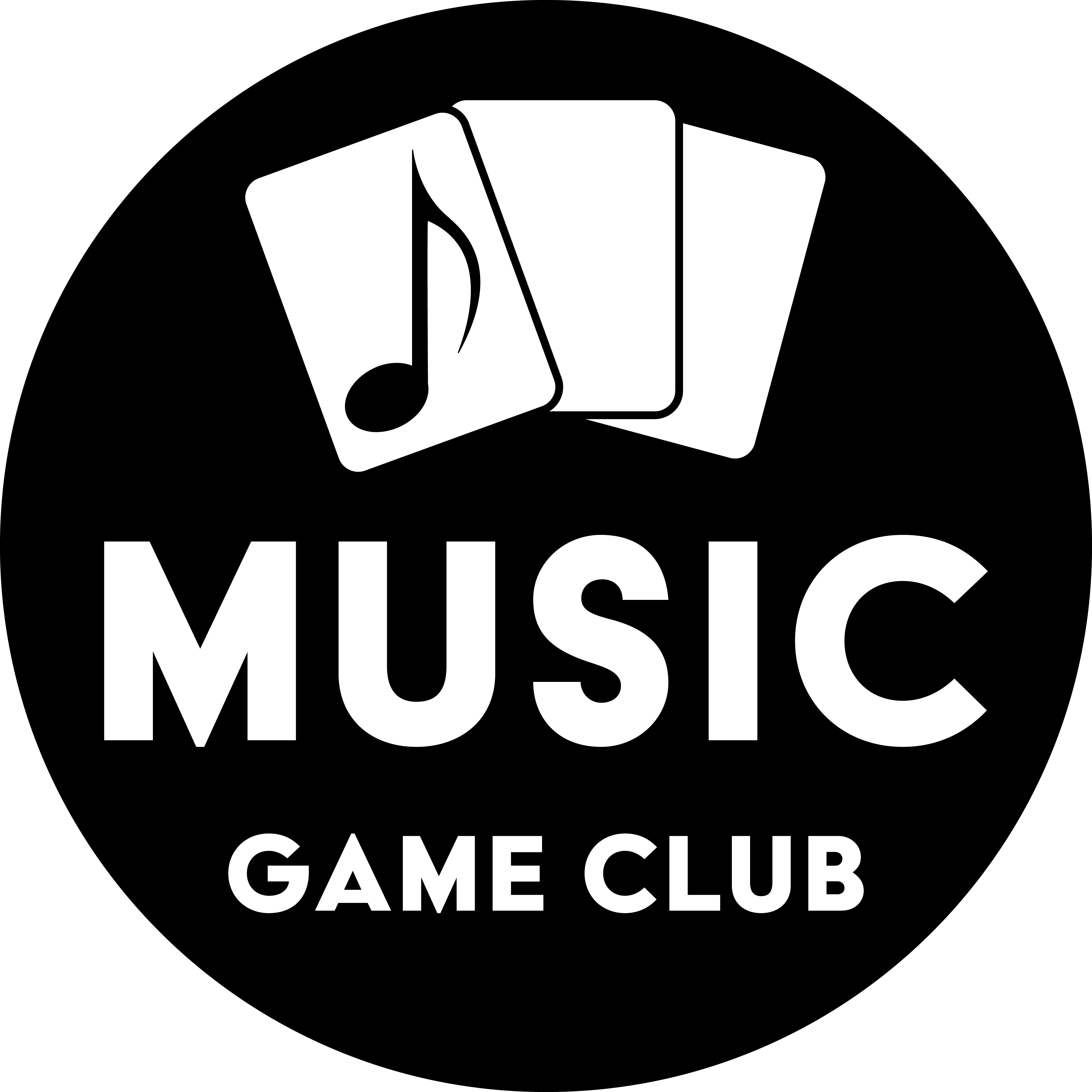
Teaching half steps and whole steps to piano students is so easy and one of the fun beginning piano aspects.
However, there are a few different “levels” to teaching half steps and whole steps to piano students.
First, there’s the half and whole steps on piano keys.
Secondly, you have half and whole steps on the staff.
This blog post will guide you through teaching those half and whole steps easily!
Note: for our international readers, whole step = tone and half step = semitone.
Why Teaching Half Steps and Whole Steps to Piano Students is Important
Laying the foundation of half and whole steps is important because it helps the students understand the different distances between pitches.
Half steps are “small distances” while whole steps are “larger distances.”
To me, this is the foundation of teaching intervals (read our blog post about ear training and intervals here)
I also think half and whole steps are very important because many students quickly grasp the steps for major scales and minor scales (read our major scales post here and our minor scales post here).
Teaching Half Steps and Whole Steps on Piano Keys
The very easiest way to teach half and whole steps are on piano keys!
The black and white keys make it very easy for students to visualize.
You can do this in a fun way by using little animal erasers (affiliate link) on the keys.
Students can have two animal friends on keys next to each other for a half step, OR the animals have to “hop over a key” to create a whole step.
You can also place animals randomly on the keys (students can help with this!) and then ask your student to play the piano key a “half step above” or “whole step below” each animal.

Teaching Half Steps and Whole Steps on the Staff
Once the student understands how half and whole steps work on the keyboard, it will be much easier for them to visualize it on the staff!
Students can name the pitches, play them on the keyboard, and then identify them.
Don’t forget accidentals!
While white key notes are the easiest to identify on the staff, once your students grasp them, you can branch out to notes with accidentals on the staff.
If they have a solid understanding of half and whole steps on the keyboard, then it will be a breeze when they translate it from the staff.
Help Students Have Fun Learning Half and Whole Steps with a Game!
Take your students to a rainforest surrounded by adorable sloths as they learn half and whole steps on both the piano keys and staff!
Our music theory game, Sloth Steps (or Sloth Semitones for international teachers), guides students through learning half and whole steps on the piano keys (Level 1) and notes on the staff (Level 2).
If you have a studio with multi-level students, they can easily play together with beginners using Level 1 cards and more advanced students using Level 2 cards at the same time!
Play Sloth Steps with 2-8 players as each player identifies a step, picks a card, and moves.
But watch out! There’s a hawk and ocelot just waiting to scare the sloth away from its home!
Watch how to play it in our tutorial video:
Here’s what you’ll get with the Sloth Steps printable download:
For our international teachers, check out Sloth Semitones, which is the same game but features tones and semitones instead of half steps and whole steps.
- Sloth Steps game in 2 sizes: US letter & A4
- 23 Level 1 cards (half and whole steps on piano keys)
- 28 Level 2 cards (half and whole steps on staff)
- 18 half step move cards
- 18 whole step move cards
- 8 sloth game pieces
- Sloth Steps success poster
- Print release
Music Game Club Members will also get
- Sloth Steps activity sheets in 2 sizes: US Letter & A4
- Poster Sloth Steps game board (18×24” and A3 sizes)
- Bonus: Half Step and Whole Step Chart
- 4 bonus tutorial videos
Learn more about Music Game Club membership here.
Digital Game for Teaching Half Steps and Whole Steps to Piano Students
If you want your student to have more concentrated review of half and whole steps, try the Sloth Steps Boom™ Cards (Sloth Semitones Boom™ Cards, for international teachers)!
We have four Sloth Steps Boom™ Cards digital games that will help your students with their note names.
- Deck 1: Identify Half & Whole Steps on Keyboard
- Deck 2: Finding Half & Whole Steps on Keyboard
- Deck 3: Half & Whole Steps on Staff (no accidentals)
- Deck 4: Half & Whole Steps on Staff (with accidentals)
To get a better look inside, watch our Sloth Steps Boom™ Cards walkthrough:
Get Sloth Semitones Boom™ Cards (coming soon)
What’s your favorite way to teach half steps and whole steps in piano lessons?
Comment and share YOUR best tips, games, or even just fun memories about helping students learn half and whole steps in music!




0 Comments